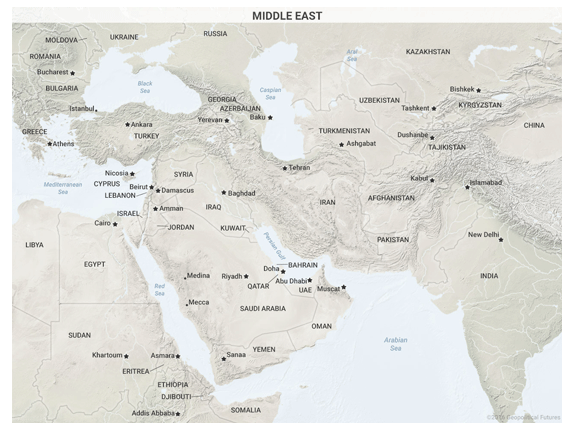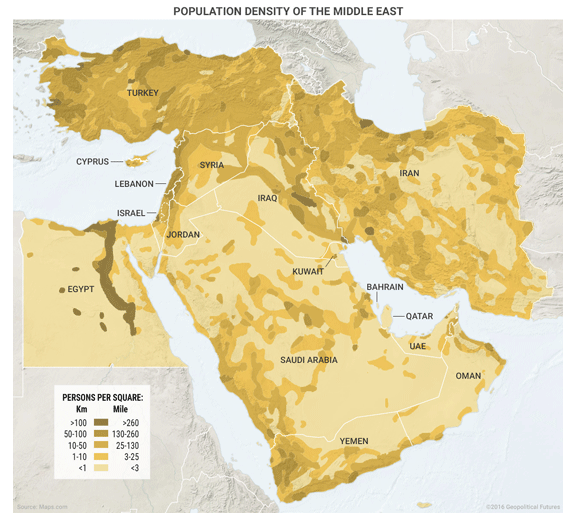Most investors know what an emerging market is. Some might even be able to offer a pretty good definition of what puts the “emerge” into emerging markets. But ask about the Middle East, and no one really knows what it is.
Out of sheer necessity, the name “Middle East” was invented at the start of the 20th century. The need for a name was anchored in a geographic puzzle: how to distinguish the region between the Near East and the Far East. Depending on whom you ask, credit for coining the term “Middle East” goes to either the American military or the British government. Either way, the area’s new identity was determined by outsiders.
The term Near East originally referred to the Ottoman Empire, while the Far East meant East Asia. When the Ottoman Empire disintegrated, it was vital to find a new term for the area that is today Turkey. The name “middle east” was popularized in 1902 by US Naval strategist Alfred Thayer Mahan in an article he authored that ran in the National Review. It has since entered the global lexicon as a term that everyone knows yet few can quite define.
Today, the region that stretches from the eastern Mediterranean to the Iran-Afghan border, and from Turkey south (to include the entire Arabian Peninsula) is what we know as the Middle East.

The region, however, is far more complex than lines on a map that reveal a discrete geography. It can also be defined based on ethnic and religious bloodlines.
In this Middle East, the Arab world stretches from Morocco to Iraq and excludes non-Arab Muslim countries like Turkey and Iran.
If we think in terms of the Muslim world, this Middle East might stretch from Morocco to Afghanistan, south into Africa, and north into Central Asia and southeastern Europe.
The Middle East is the Arab core of the Muslim world. But thinking about the Middle East as exclusively Arab doesn’t work. Doing so excludes Turkey and Iran, plus a very large Kurdish population spread across Iran, Iraq, Turkey, and Syria.
As well, viewing it as exclusively Muslim is deeply flawed. It would mean focusing on just a small part of the Muslim world. It also overlooks the Jews, Christians, Druze, Yazidis, Zoroastrians, Bahai, and other religious groups in the region.
The idea of the Middle East has become quite vague. In my view, it is tied together by this concept: The Middle East is where perhaps the world’s most complex war is raging, and Middle Eastern countries are those that are involved in this war, one way or another. The war may metastasize into neighboring regions, but this is its heart.









